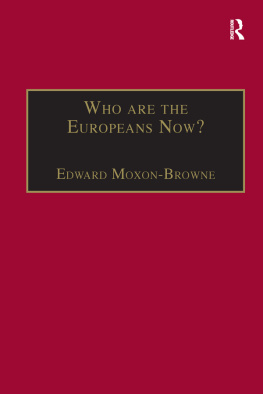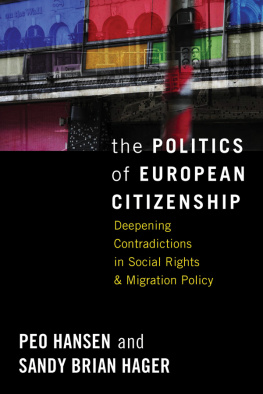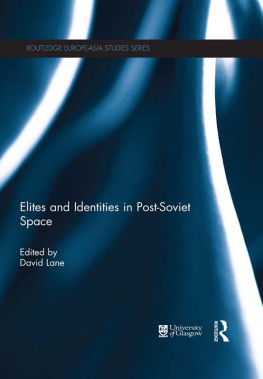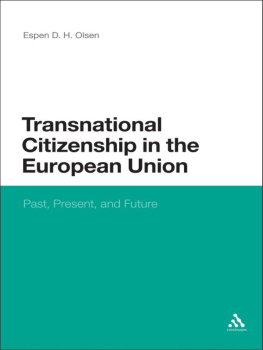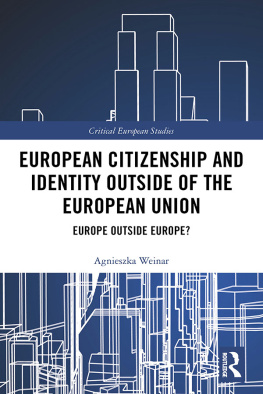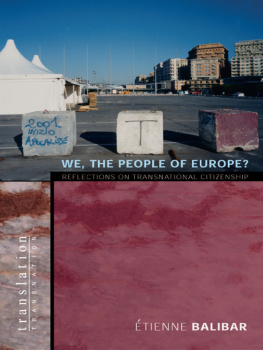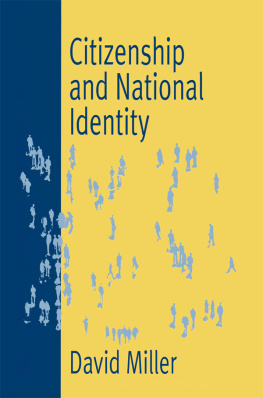Thomas M. Wilson and Hastings Donnan
To many social scientists and other scholars the new Europe of which we hear more and more is that of the metamorphosing European Union (EU), but this particular manifestation of an altered Europe cannot and should not be isolated from other sometimes complementary, sometimes competing, new Europes. These include the democratising states of post-Soviet Eurasia, the globalizing Europe of youth, consumer and popular cultures, the Europe of transnational corporations, communications and services; and the Europe of transformations in ethnic, regional and national identities, in which national minorities, migrants and refugees must adapt to a variety of new institutions and cultures in order to survive. One thing all of these new Europes have in common is their attention to new and old borders and frontiers. To some critics international borders in Europe are declining in importance and strength, while to others they persist in their roles as markers of state power and national identity. It is our belief that there is no better place to approach and understand the pressing problems of sovereignty, citizenship, cultural adaptation and changing identities in Europe than at international borders.
In 1987, the geographer J.R.V. Prescott, in his excellent analysis of Political Frontiers and Boundaries, concluded that (1987: 8):
The factors that encourage co-operation or conflict along international boundaries and the consequences that follow from policies connected with these two activities involve many aspects of national life. These aspects include strategy, administration, economics, politics, and culture. No single discipline deals exclusively with this field of scholarship.
In this chapter we wish to examine some of the issues and concerns which constitute the political anthropology of borders and frontiers, for it isanthropology, of all the social sciences, which has been most concerned with culture, which, in turn, has been the area of scholarship which is increasingly tying all of the social sciences closer together. We further suggest that it is the study of border cultures which may bring us closer to the type of discipline which could serve to present more holistic and integrated views of institutions, policies and peoples at Europes borders.
It is not our goal in this chapter to examine specific European frontiers (except in our brief review of the Irish border), nor is it our intention to present a typology of frontiers in the new Europes we have outlined. Rather, we intend to review ways in which the concepts of identity and culture may aid anthropologists and other social scientists to better understand the role of borderlands in the past and present of European nations and states, and to explore some of the problems anthropologists face in their attempts to contribute to the comparative study of international frontiers, in Europe and beyond (subjects we and others have dealt with in more detail elsewhere (see, for example, Donnan and Wilson, 1994a; Wilson and Donnan, 1998a). We begin with some definitions.
We regard international borders as the visible, literal political manifestations of state power. They have three components: the legal borderline between states, the institutions of the state which exist to demarcate and protect the borderline, composed of people and structures which often extend far into the territory of the state, and frontiers, zones of varying width which stretch away from borders, within which people negotiate a variety of behaviours and meanings associated with their membership in nations and states. All borders are thus composed of physical structures which are surrounded by frontiers of political and cultural negotiation. Some of these frontiers may very well reach as far as state capitals and other core areas of the state, though the greater the distance from the territorial limits of state power, the more potent is the metaphorical use of the idea of frontiers (see also Wilson and Donnan, 1998b: 9).

